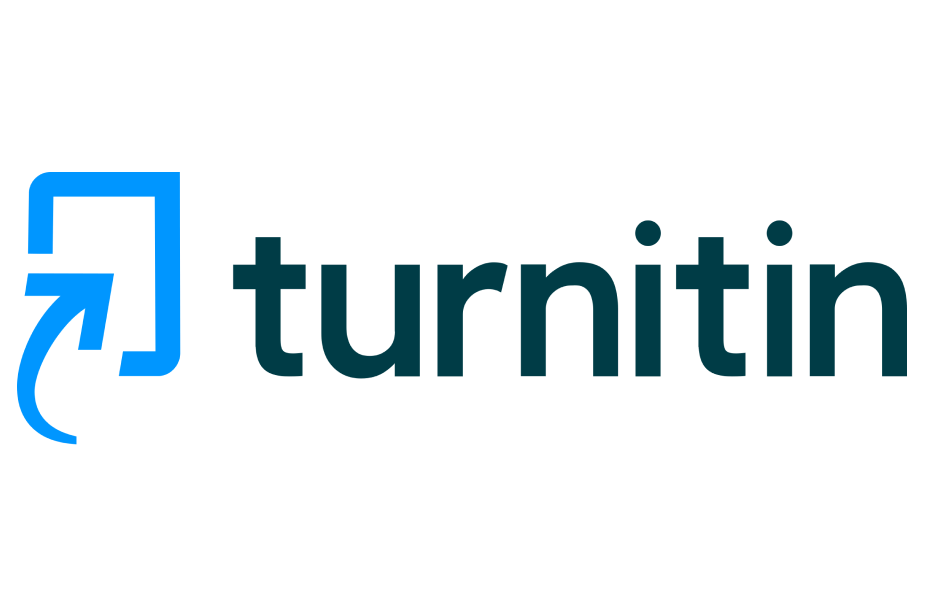Table of Contents
ToggleTurnitin is a plagiarism detection software that helps instructors to identify unoriginal content in student papers. It does this by comparing the text of a student paper to a database of over 17 billion pages of digital content, including websites, books, and journal articles. Turnitin also includes a database of student papers that have been submitted to Turnitin in the past.
When a student paper is submitted to Turnitin, the software scans the paper for matches in the database. If Turnitin finds a match, it will generate a report that shows the instructor where the match occurred and how much of the paper is unoriginal. The instructor can then use this information to decide whether or not to take further action, such as giving the student a failing grade or requiring them to rewrite the paper.
Turnitin is a valuable tool for instructors who want to ensure that their students are submitting original work. However, it is important to note that Turnitin is not a perfect tool. It can sometimes generate false positives, which are matches that occur when the student paper contains original content that happens to be similar to content in the database.
Turnitin Limitations
Turnitin is a powerful plagiarism detection tool, but it has some limitations. Here are a few of the most common limitations:
False positives
Turnitin can sometimes generate false positives, which are matches that occur when the student paper contains original content that happens to be similar to the content in the database.
Paraphrasing and summarizing
Turnitin cannot detect plagiarism which occurs when a student paraphrases or summarizes someone else’s work without giving credit. This is because Turnitin only compares the text of the student paper to the text of other papers in the database. It does not compare the text of the student paper to the original source material.
Collaborative work
Turnitin can be used to detect plagiarism in collaborative work, but it is not always effective. This is because students can often find ways to disguise their collaboration, such as by using different names or email addresses when submitting their papers.
Images and multimedia
Turnitin cannot detect plagiarism in images or multimedia content. This is because Turnitin only compares the text of the student paper to the text of other papers in the database. It does not compare the text of the student paper to images or multimedia content.
More on False Positives
A false positive is a match that occurs when Turnitin finds a similarity between a student’s paper and a source in the database, but the student has not actually plagiarized. This can happen for a number of reasons, such as:
The student has used common phrases or expressions that are also found in the source material.
The student is writing about a topic that has been written about extensively, and there are many similar sources in the database.
The student has accidentally paraphrased or summarized someone else’s work without giving credit.
When Turnitin generates a false positive, it is important that it is carefully reviewed to determine whether or not the student has actually plagiarized. If the instructor determines that the student has not plagiarized, they can then dismiss the match.
It is also important for instructors to be aware of the possibility of false positives when using Turnitin. By being aware of the potential causes of false positives, instructors can be more confident in their ability to use Turnitin effectively to detect plagiarism.
Here are some tips to avoid false positives
Make sure that students are aware of the potential for false positives and how to avoid them.
Instructors should show students how to cite sources properly.
Instructors should not rely just on Turnitin. It should be used in conjunction with other plagiarism detection tools, such as reading papers carefully and looking for red flags of plagiarism.
Be aware of the limitations of Turnitin and use it as one tool in a comprehensive approach to detecting plagiarism.
Turnitin and Scientific Work
Turnitin is a plagiarism detection software that is used by many universities and colleges to help ensure that students are submitting original work. However, there is some debate about the validity of Turnitin in the context of scientific work.
Some argue that Turnitin is not a reliable tool for detecting plagiarism in scientific work because it does not take into account the unique nature of scientific writing. Scientific papers often contain a lot of technical jargon and specialized language, which can make it difficult for Turnitin to identify plagiarism. Additionally, scientific papers often build on the work of other scientists, and it can be difficult to determine where one scientist’s work ends, and another’s begins.
Others argue that Turnitin can be a valuable tool for detecting plagiarism in scientific work, but it should be used in conjunction with other methods, such as peer review. Peer review is a process in which experts in a particular field review a scientific paper before it is published. Peer review can help to identify plagiarism and other problems with a scientific paper.
It is important to be aware of the limitations of Turnitin, but it is also important to remember that Turnitin is not the only tool that can be used to detect plagiarism. Instructors can also use other methods, such as reading papers carefully and looking for red flags of plagiarism, to ensure that their students are submitting original work.
Legal Issues A Student May Face Using Turnitin
Students should be aware of potential legal issues and consult with their educational institutions, instructors or legal advisors if they have concerns about using Turnitin. Some of these may include:
Copyright infringement
If a student submits a paper containing copyrighted material without proper permission or citation, they may be accused of copyright infringement.
Privacy concerns
Turnitin stores submitted papers in a database, which raises privacy concerns. Some students may worry that their work is being stored without their explicit consent, potentially violating their privacy rights.
Data protection
Turnitin’s storage and processing of student data may potentially conflict with data protection regulations, such as GDPR in the European Union.
Intellectual property rights
Students may be concerned that their submitted work becomes part of Turnitin’s database, potentially infringing on their intellectual property rights.
Contractual issues
The terms of use for Turnitin may impose certain obligations on students or limit their legal rights, creating potential contractual disputes.
Fair use and fair dealing
Students may argue that their use of copyrighted materials in their work falls under fair use or fair dealing exceptions, leading to potential legal disputes over whether these exceptions apply.
False positives
Turnitin’s algorithm may incorrectly flag a paper as plagiarized, leading to potential legal disputes over the accuracy and fairness of the plagiarism detection process.
Defamation
If a student is wrongly accused of plagiarism due to a false positive or other issues, they may pursue legal action for defamation if their reputation is harmed by the accusation.
Discrimination
If the use of Turnitin disproportionately impacts certain groups of students, it may lead to potential legal issues related to discrimination.
Contact K Altman Law today to schedule a consultation
K Altman Law offers nationwide legal representation to students who feel they have been wrongly accused of plagiarism and matters related to other academic misconduct. We have decades of experience representing and protecting student rights. Our dedicated team of education attorneys, student advisors, and consultants can help you defend your rights. Schedule a consultation with K Altman Law today by contacting us at 888-984-1341 or kalonline@kaltmanlaw.com.





